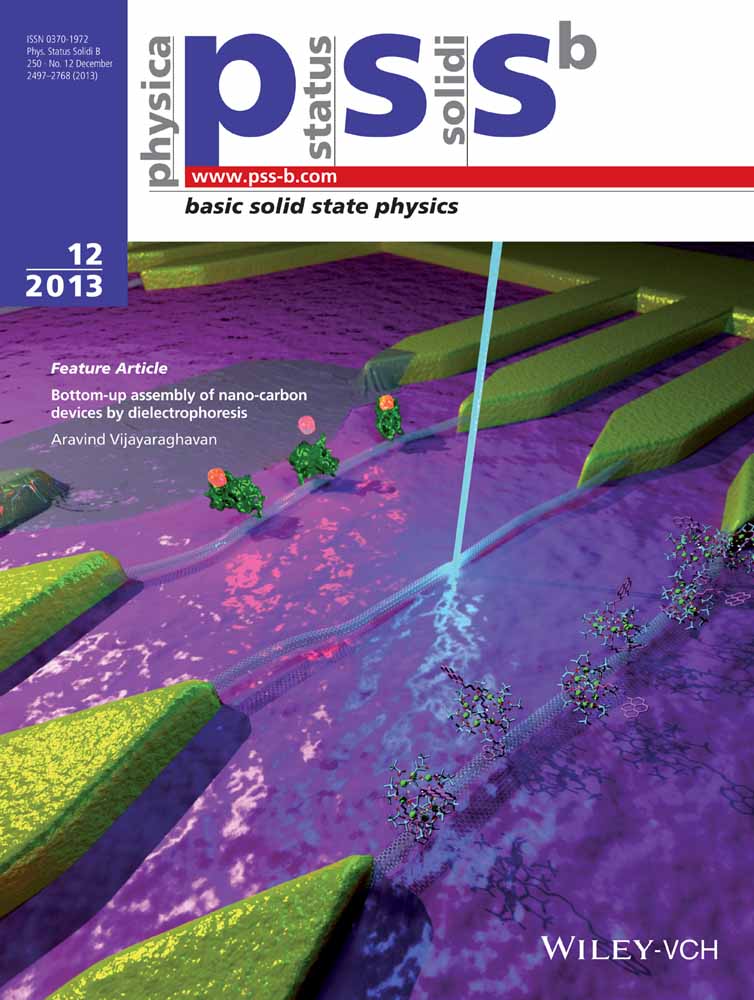Carbon nanotubes from enhanced direct injection pyrolytic synthesis as templates for long linear carbon chain formation
Abstract
Carbon nanotubes (CNTs) can be used as nanoreactors due to their unique hollow nanostructures. In order to prepare linear carbon chains inside CNTs, eDIPS single-wall carbon nanotubes were annealed at high temperatures from 1300 to 1500 in vacuum conditions. A Raman mode including three components between 1820 and 1880 cm−1 were observed in eDIPS carbon nanotube sample encapsulating linear carbon chains. In addition, the intensity of the peaks corresponding to the radial breathing mode of small diameter tubes became visible and increased significantly after annealing, because thin inner tubes are also formed inside the original tubes during the annealing process, which are served as templates. This hints that the linear carbon chains are actually synthesized inside the new inner CNTs with reduced diameter. This study has important implications to understand the growth and identification of linear carbon chains inside the CNTs.
in vacuum conditions. A Raman mode including three components between 1820 and 1880 cm−1 were observed in eDIPS carbon nanotube sample encapsulating linear carbon chains. In addition, the intensity of the peaks corresponding to the radial breathing mode of small diameter tubes became visible and increased significantly after annealing, because thin inner tubes are also formed inside the original tubes during the annealing process, which are served as templates. This hints that the linear carbon chains are actually synthesized inside the new inner CNTs with reduced diameter. This study has important implications to understand the growth and identification of linear carbon chains inside the CNTs.




